How to Keep Fish in Small Aquariums: An Introduction to small tank fish keeping.
In the realm of aquarium hobbyists, a growing trend has emerged, gravitating towards the beauty and practicality of small tank aquariology. These miniature ecosystems provide a unique blend of aesthetic appeal and manageable care, making them a favored choice among both beginners and experienced aquarists. This article dives into the intricacies of small tank aquariology, highlighting the importance of choosing the right fish and understanding the unique challenges and rewards these small environments offer.
The Rising Popularity of Fish in Small Aquariums
In recent years, small aquariums have gained significant popularity for several reasons:
- Space Efficiency: Small tanks are ideal for those with limited living space. They can fit comfortably in smaller apartments or offices, bringing a piece of nature’s tranquility to confined areas.
- Cost-Effectiveness: Generally, setting up and maintaining a small aquarium is less expensive than larger setups, making it an affordable entry point for newcomers to the hobby.
- Artistic Design: The compact size of these tanks allows for creative aquascaping and design, turning them into living art pieces.
The Practicality of Keeping Fish in Small Aquariums
While small tanks are undeniably attractive, their practicality extends beyond mere aesthetics. They are:
- Easier to Maintain: Smaller volumes of water are quicker to clean and require less effort in terms of maintenance.
- Ideal for Learning: Beginners can learn basic fishkeeping skills on a smaller, more manageable scale before graduating to larger tanks.
The Importance of Choosing the Right Fish
Despite their charm and practicality, small tanks present unique challenges, particularly in terms of fish selection. Not all fish are suited to live in confined spaces, and making the right choice is crucial for the health and happiness of the tank inhabitants. Key considerations include:
- Size of the Fish: Smaller fish species are naturally better suited for small aquariums.
- Behavioral Traits: Some fish thrive in solitude, while others require social interaction. Understanding these behavioral needs is vital.
Choosing the right fish for a small tank is more than just a matter of preference; it’s about creating a harmonious environment where aquatic life can thrive. Get it right, and there is enormous enjoyment to be had from fish in small aquariums.
As we delve deeper into the world of small tank aquariology, the next section of our discussion will focus on Key Considerations When Choosing Fish for Small Tanks. This will encompass understanding the tank’s capacity, the significance of fish size and behavior in limited spaces, and how water parameters affect different fish species. This knowledge is crucial for anyone looking to create a thriving, healthy small-scale aquatic habitat.
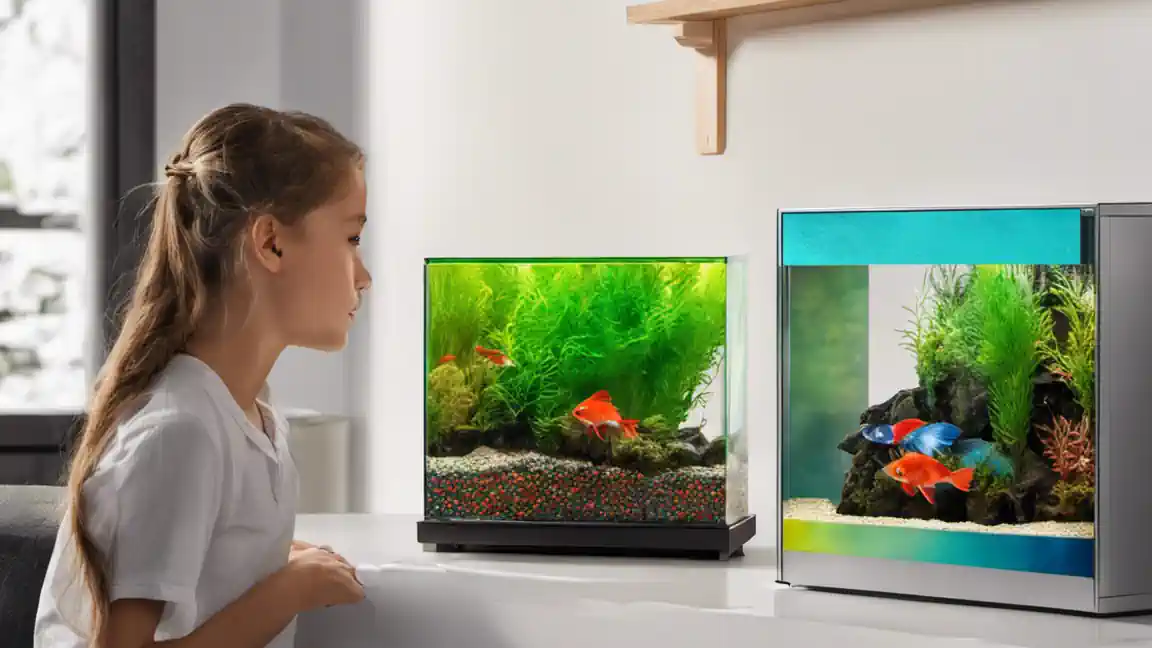
Key Considerations When Choosing Fish for Small Tanks
Delving into the world of small tank aquariology, one quickly realizes that the key to a thriving aquatic environment lies in selecting the right fish. This selection is not just about aesthetics; it’s about understanding the unique needs and behaviors of fish species that are suited to living in confined spaces. Here, we explore the crucial factors every aquarist should consider when stocking a small tank.
Understanding Tank Capacity
The size of your tank is the primary factor dictating the type and number of fish it can sustainably support. Consider these aspects:
- Limitations of Space: In small tanks, space is a premium. Overcrowding can lead to stress, disease, and low water quality.
- Biological Load: Every fish adds to the biological load of the tank. It’s important to balance the number of fish with the tank’s ability to maintain a healthy environment for fish in small aquariums.
The Significance of Fish Size and Behavior
 Choosing fish for a small tank goes beyond just picking small-sized species. Behavior and compatibility are equally important:
Choosing fish for a small tank goes beyond just picking small-sized species. Behavior and compatibility are equally important:
- Territorial Fish: Some species require more territory than others. In a small tank, territorial fish can become aggressive.
- Schooling Fish: While some small fish prefer to be in schools, a large group in a small tank can be problematic. Opt for species that are found in smaller groups.
Impact of Water Parameters on Fish Health
Different fish species have varying requirements in terms of water temperature, pH, and hardness. When keeping fish in small aquariums, these parameters can fluctuate more rapidly, making it crucial to choose fish that are adaptable or whose needs match your ability to maintain consistent water conditions.
- Temperature: Some fish require warmer waters, while others thrive in cooler conditions.
- pH and Hardness: These parameters for keeping fish in small aquariums should match the natural habitat of the chosen fish to ensure their well-being.
Key Take-Aways
 When keeping fish in small aquariums choose fish that are suited to the size and capacity of your tank.
When keeping fish in small aquariums choose fish that are suited to the size and capacity of your tank.- Consider the behavior and compatibility of fish, not just their size.
- Match water parameters to the needs of your chosen fish.
In the next section, we will explore Top Fish Species for Small Aquariums. This will include detailed profiles of ideal small tank fish species like Betta fish, Guppies, and Neon Tetras, along with their specific care instructions. We’ll also provide visual elements to help you better visualize how these species could enhance your own small tank ecosystem.
Top Fish Species for Small Aquariums
In the pursuit of perfecting small tank aquariology, the selection of the right fish species is paramount. This section is dedicated to introducing some of the best fish species for small aquariums. Each of these species is chosen for their adaptability to small environments, minimal care requirements, and vibrant personalities, which make them ideal for compact aquatic settings.
Betta Fish (Betta splendens)
 Ideal for Solo Tanks: Betta fish are known for their striking colors and elegant fins. They thrive in small tanks, ideally on their own due to their territorial nature.
Ideal for Solo Tanks: Betta fish are known for their striking colors and elegant fins. They thrive in small tanks, ideally on their own due to their territorial nature.- Care Requirements: They require warm water (around 78°F) and a pH level of 6.5 to 7.5.
- Feeding: Bettas are carnivorous and do well with a diet of high-quality betta pellets and occasional frozen or live brine shrimp.
Guppies (Poecilia reticulata)
 Colorful and Peaceful: Guppies are small, vibrant, and peaceful fish, perfect for community tanks.
Colorful and Peaceful: Guppies are small, vibrant, and peaceful fish, perfect for community tanks.- Breeding: They breed easily, so it’s important to keep male and female guppies in controlled numbers.
- Water Conditions: Prefer slightly warm water (around 72°F to 82°F) with a neutral pH.
Neon Tetras (Paracheirodon innesi)
- Vibrant Schooling Fish: These small, brightly colored fish are best kept in groups of at least five. They add a dynamic element to the tank with their schooling behavior.
- Tank Setup: They thrive in a well-planted aquarium that mimics their natural habitat.
- Water Quality: Prefer soft, slightly acidic water and a temperature range of 70°F to 81°F.
Key Take-Aways
- Betta fish are ideal for single-species small tanks.
- Guppies and neon tetras are excellent choices for peaceful community tanks.
- Each species has unique water and care requirements that must be adhered to for a healthy environment.
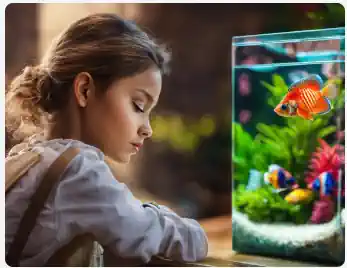 As we continue our journey through small tank aquariology, the next section will explore Creating a Healthy Environment in a Small Tank. This will cover essential tips on tank setup, maintenance, and how to balance the ecosystem with appropriate filtration, lighting, decoration, plants, substrate, and tank mates. These elements are crucial for the well-being of the fish and the overall aesthetic appeal of the tank.
As we continue our journey through small tank aquariology, the next section will explore Creating a Healthy Environment in a Small Tank. This will cover essential tips on tank setup, maintenance, and how to balance the ecosystem with appropriate filtration, lighting, decoration, plants, substrate, and tank mates. These elements are crucial for the well-being of the fish and the overall aesthetic appeal of the tank.
Creating a Healthy Environment in a Small Tank
Creating a thriving small aquarium requires more than just filling a tank with water and fish. It involves a careful balance of several elements to ensure the health and wellbeing of your aquatic pets. This section will guide you through the essential steps of setting up and maintaining a healthy environment in your small tank.
Tank Setup and Maintenance
- Choosing the Right Tank: Start with a tank that’s the right size for your fish species. Ensure it provides enough space for swimming and has a suitable area for the fish to explore.
- Regular Cleaning: Small tanks can accumulate waste quickly. Regular cleaning and water changes are crucial to prevent the buildup of harmful toxins.

Filtration and Lighting
- Effective Filtration: Even in small tanks, a good filter is vital. It helps in maintaining water clarity and quality by removing physical and chemical waste.
- Appropriate Lighting: Proper lighting not only showcases your fish but also supports any live plants in your tank. LED lights are a popular energy-efficient choice.
Decoration and Aquascaping
- Decorations: Include items like rocks, driftwood, and caves to create hiding spots and reduce stress for your fish.
- Plants: Live plants not only add beauty but also contribute to the tank’s ecosystem by providing oxygen and absorbing nitrates.
Balancing the Ecosystem
- Choosing Substrate: The right substrate can help maintain water chemistry and provide a suitable environment for plants and beneficial bacteria.
- Selecting Tank Mates: Choose compatible species that have similar water and space requirements to avoid aggression and stress.

FAQs for keeping fish in small aquariums
- How often should I clean my small tank?
- Typically, small tanks require a partial water change (about 20-30%) every week or two.
- What is the best way to cycle a small tank?
- The nitrogen cycle is crucial for a healthy aquarium. Introduce a source of ammonia, and wait for beneficial bacteria to establish before adding fish.
Key Take-Aways
- Maintain a regular cleaning schedule to ensure a healthy environment.
- Invest in a good filtration system and suitable lighting.
- Decorate your tank thoughtfully to provide a natural and stress-free habitat.
Moving forward, the next segment of our exploration will focus on Frequently Asked Questions and Additional Resources. This section will address common concerns and queries about small tank fishkeeping. We will also provide guidance on where to find more information and supplies for your aquarium, ensuring you are well-equipped to maintain a healthy and vibrant small tank ecosystem.
Frequently Asked Questions and Additional Resources
In the world of small tank aquariology, enthusiasts often have numerous questions about setting up and maintaining their miniature ecosystems. This final section aims to address these common queries and provide valuable resources for further exploration and assistance in the realm of small aquarium keeping.
FAQs – Addressing Common Concerns for Small Fish Tank Owners:
- What are the signs of a healthy small aquarium?
- Clear water, active and colorful fish, and healthy plant growth are indicators of a well-maintained aquarium.
- How can I prevent algae growth in my small tank?
- Regular cleaning, controlling light exposure, and maintaining balanced nutrient levels can help prevent excessive algae growth.
- What should I do if my fish seems stressed or sick?
- Check water parameters, ensure a proper diet, and consult a veterinarian specializing in fish if necessary.
- What size tank is suitable for these fish?
- Betta fish can live in tanks as small as 5 gallons, while guppies and neon tetras prefer slightly larger spaces, around 10 gallons or more.
- Can these species coexist in the same tank?
- Guppies and neon tetras can coexist peacefully, but bettas should be housed separately to avoid aggression.
- How many fish can I keep in a small tank?
- The general rule is one inch of fish per gallon of water, but consider the full adult size of the fish and their behavioral needs.
- Are there any fish that should be avoided in small tanks?
- Large, aggressive, or highly territorial fish are not suitable for small tanks.
Finding More Information and Supplies
- Online Forums and Communities: Websites like Fishlore and AquaticCommunity offer forums where experienced aquarists share advice and experiences.
- Local Fish Stores: These can be great resources for both supplies and expert advice.
- Books and Magazines: Publications like “Tropical Fish Hobbyist” and “Aquarium Fish International” provide in-depth information on fish keeping.

Keeping Fish in Small Aquariums: Conclusion and Encouragement for Responsible Fish-Keeping
Maintaining a small aquarium is a rewarding experience that requires dedication and a willingness to learn. By understanding the unique needs of small tank environments and the species that thrive in them, you can create a vibrant, healthy aquatic world.
Recap of How to Keep Fish in Small Aquariums
- Introduction to Small Tank Aquariology: We explored the popularity and practicality of small tanks, emphasizing the importance of selecting the right fish for these environments.
- Key Considerations When Choosing Fish for Small Tanks: We discussed the importance of understanding tank capacity, fish size, behavior, and water parameters.
- Top Fish Species for Small Aquariums: We provided profiles of ideal fish species for small tanks, such as Bettas, Guppies, and Neon Tetras.
- Creating a Healthy Environment in a Small Tank: We covered essential aspects of tank setup, maintenance, filtration, lighting, and decorating.
In summary, successful small tank aquariology hinges on careful planning, regular maintenance, and a deep understanding of the aquatic life you choose to nurture.
Whether you are a beginner or an experienced hobbyist, the journey of maintaining a small aquarium is a continuous learning experience filled with both challenges and rewards. Embrace this journey, and enjoy the serene beauty and tranquility that your small aquatic haven brings.
What is SAF Made Of? An Introduction to Sustainable Aviation Fuel
Discover what is saf made of as we explore sustainable aviation fuel composition, including organic waste, crop residues, and other renewable sources powering eco-friendly flights
Top 5 Skateboard Wall Mounts: A Comprehensive Review Guide
Finding the right place for your skateboard can be hard. One fact: wall mounts keep boards safe and show them off. This article reviews the top 5 skateboard wall mounts, helping you pick the best one. Read on! Top 5 Skateboard Wall Mounts Quick Recommendation For a quick recommendation, take a look at our brief […]
Why Your Company Needs a Sustainability Roadmap Yesterday!
Why You Need a Sustainability Roadmap for Your Company Right Now! In today’s business environment, sustainability is no longer just a buzzword; it’s a critical component of any successful enterprise. As global pressures mount from stakeholders, consumers, and regulators, companies without a clear sustainability roadmap risk falling behind. This article will explore why your company […]
Conquering the Crack: A Guide to Healing Butt Crack Pain and Split Skin
Let’s face it, butt crack woes are a universal experience. Butt crack pain from the irritating itch to the sharp sting of a split, this tender area can cause a surprising amount of discomfort. But fear not, fellow behind-bearers! This comprehensive guide will equip you with the knowledge and strategies to heal a split bum […]
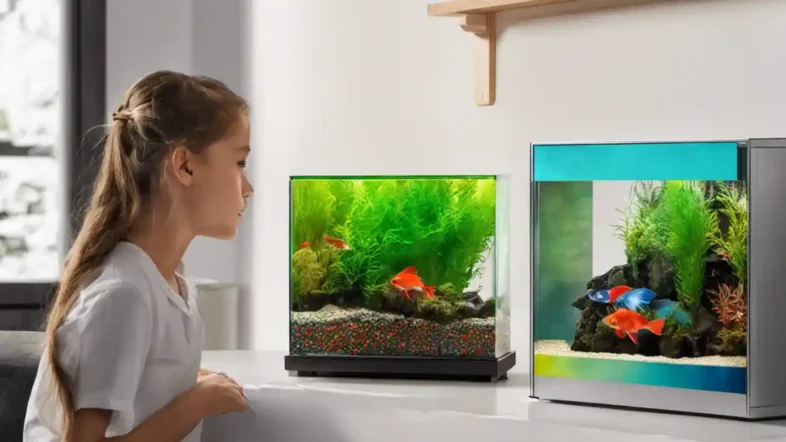
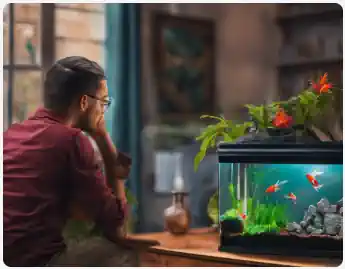 When keeping fish in small aquariums choose fish that are suited to the size and capacity of your tank.
When keeping fish in small aquariums choose fish that are suited to the size and capacity of your tank.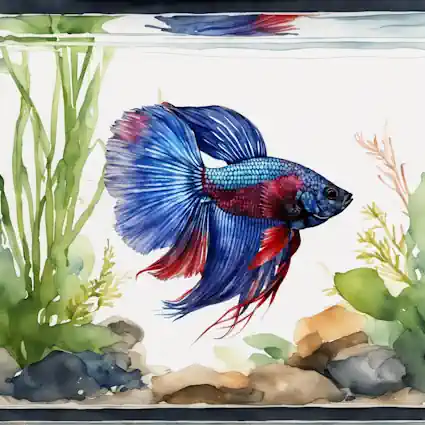 Ideal for Solo Tanks: Betta fish are known for their striking colors and elegant fins. They thrive in small tanks, ideally on their own due to their territorial nature.
Ideal for Solo Tanks: Betta fish are known for their striking colors and elegant fins. They thrive in small tanks, ideally on their own due to their territorial nature.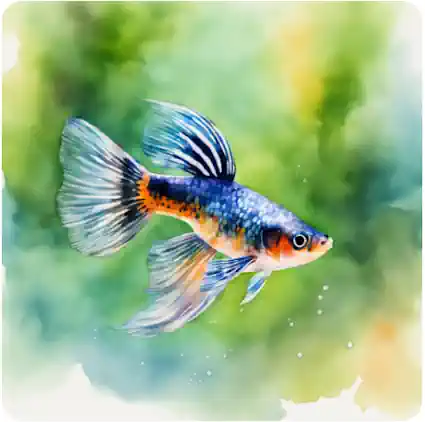 Colorful and Peaceful: Guppies are small, vibrant, and peaceful fish, perfect for community tanks.
Colorful and Peaceful: Guppies are small, vibrant, and peaceful fish, perfect for community tanks.




